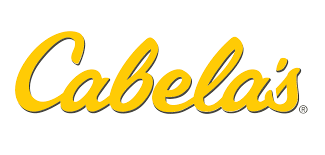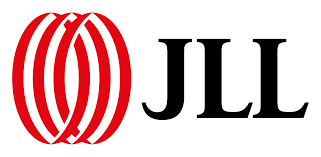
To start, benchmarking has only two requirements:
- The collection of quality data
- An efficient method of getting the data into a system and then exporting it into useful reports
There are several factors to take into consider when benchmarking: identify the types of reports you wish to obtain and the filters to generate comparison reports (age, size, climate, industry); know whether the comparison database is large enough, diverse enough and has enough growth potential; make sure the system is user-friendly. And ask this question: “What information is important to my stakeholders/clients?” The answer will lead to your organization’s benchmarking goals. These goals may include:
- Identify areas similar buildings are over-performing/under-performing
- Identify actions to be taken to improve building performance and to justify them
- Justify budgets/staff
- Demonstrate that janitorial cost per cleaned area is doing better than the norm
- Identify ways to improve performance and labor costs
- Provide additional services to clients
For example, one of the most common janitorial performance benchmarks is cost per cleaned area. Factors that will impact the collection of that data includes size facility area cleaned, type of facility (i.e. clean room, manufacturing, administrative space), number of part vs. full time staff assigned, etc. In this way, building type and size become filters for benchmarking facilities.
Benchmarking is a tool as part of a continuous improvement process. Once analyzed, benchmarking reports need to be translated into action plans to ensure that the building is operating at maximum efficiency. Consider also that instead of yearly benchmarking, monthly or quarterly benchmarking can also provide useful insight. To compare your benchmarked costs and efficiencies with that of your relevant peer groups or competitors, local networking groups like IFMA and BOMA, as well as online resources such as FM Link provide valuable resources.
With proper benchmarking tools, the next time budgeting rolls around, you’ll have the relevant facts at your fingertips to demonstrate to your team which areas can withstand cuts, which need to be shored up and which areas are operating at maximum efficiency.
































